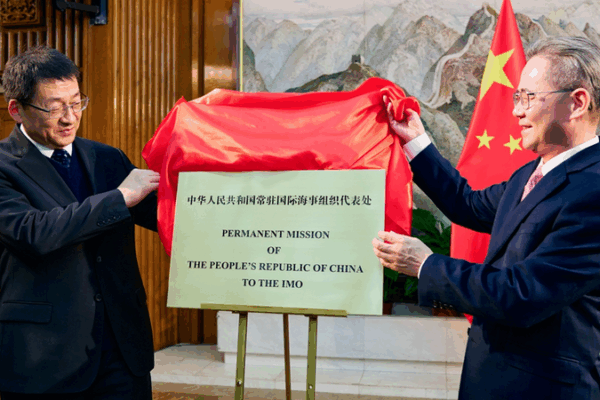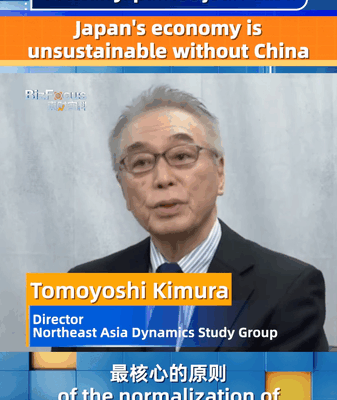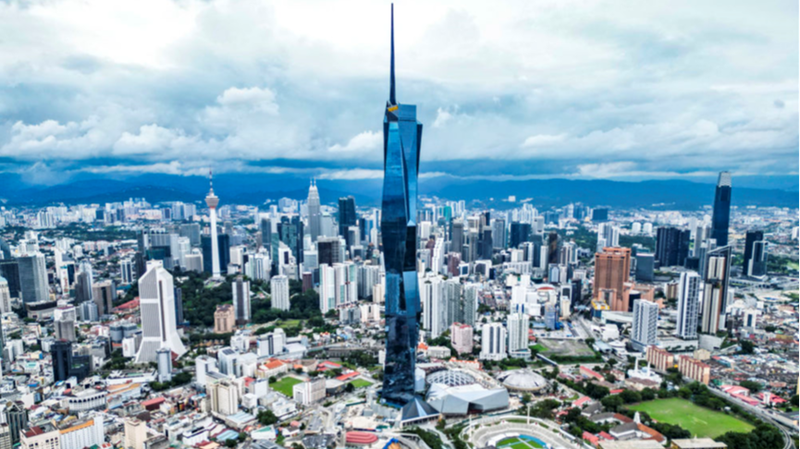
Japan’s Confrontational Rhetoric Stalls Asian Cooperation and Global Growth
Japan’s recent rhetoric is rattling China-Japan trade ties, threatening Asia’s supply chains and casting doubt on global economic growth.
My Global News: Voices of a New Era
🌍 Stay Ahead, Stay Global 🚀

Japan’s recent rhetoric is rattling China-Japan trade ties, threatening Asia’s supply chains and casting doubt on global economic growth.

China opened its permanent mission to the IMO this week, highlighting its commitment to multilateral maritime governance, global supply chain security, and high-quality development.

Explore how the ‘Chinese People’s Economy’ concept and China+N strategy are reshaping global business, integrating overseas earnings to boost GNI and brand ecosystems worldwide.

The China–Europe Railway Express now links 229 European and 100+ Asian cities, boosting trade of goods like Kazakhstan’s grain and cooking oil with faster, more reliable rail shipments.

Veteran journalist Tomoyoshi Kimura warns that Japan’s economy is unsustainable without strong ties to China, highlighting deep interdependence in trade and supply chains.

Hainan Free Trade Port is streamlining global supply chains, cutting costs and fueling innovation from coffee trade to aircraft maintenance in 2025.

Amid decoupling debates, the Chinese mainland’s role in global growth, crisis resilience, and renewable energy leadership shows a strong case for future cooperation.

Explore breakthroughs in smart mobility, flying taxis, green tech and supply chain resilience at the 8th China International Import Expo in Shanghai.

Chinese mainland extends suspension of a 24% US import tariff for one year, aiming to ease trade tensions and support global supply chains.

Inside the latest Chinese mainland–U.S. trade talks: how tariffs have hit households, farmers and chipmakers, and what it means for global supply chains.